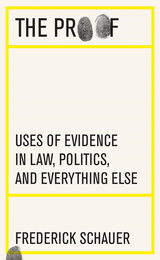4 start with F start with F
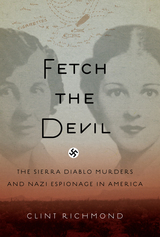
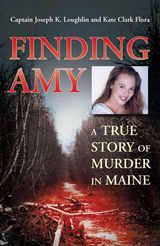
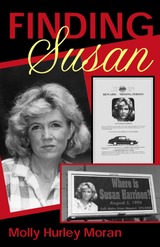
A woman’s heartrending search for her sister
Advancing with the suspense and deft reportage of the true-crime genre and fueled by the poignancy of a literary memoir, Finding Susan is Molly Hurley Moran’s pointed exploration of the disappearance of her sister and her family’s descent into the surreal world of psychics and detectives they once dismissed as the stuff of Lifetime movies.
Susan Hurley Harrison disappeared from upscale Ruxton, Maryland on August 5, 1994. Her body was discovered in the woods of northern Maryland two years later and her death was ruled a homicide. Although Susan’s case drew substantial media attention—including a spot on Unsolved Mysteries—no one, to date, has ever been charged with her murder. In piecing together a mosaic of Susan’s final years, Moran grew to believe her sister was a victim of domestic violence.
An academic by trade, Moran employs a scholar’s precision and razor-sharp feminist analysis in this valiant effort to come to terms with Susan’s life and death and to understand her sister in a way she did not when she was alive. “Finding” Susan refers to both the search for Susan's body and the search for the formative forces of her life.
Mirroring elements of high-profile cases from Laci Peterson to Nicole Brown Simpson, Finding Susan is one woman’s chronicle of loss and remembrance that arrestingly details the helplessness experienced by families of missing persons and calls critical attention to our alarming blindness to domestic abuse. Including appendixes of domestic violence resources, Finding Susan serves as a guide for concerned family members and friends of at-risk women to help identify the warning signs of domestic abuse. Thirty-six illustrations are a powerful complement to the volume.
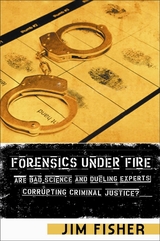
Television shows like CSI, Forensic Files, and The New Detectives make it look so easy. A crime-scene photographer snaps photographs, a fingerprint technician examines a gun, uniformed officers seal off a house while detectives gather hair and blood samples, placing them carefully into separate evidence containers. In a crime laboratory, a suspect's hands are meticulously examined for gunshot residue. An autopsy is performed in order to determine range and angle of the gunshot and time-of-death evidence. Dozens of tests and analyses are performed and cross-referenced. A conviction is made. Another crime is solved. The credits roll.
The American public has become captivated by success stories like this one with their satisfyingly definitive conclusions, all made possible because of the wonders of forensic science. Unfortunately, however, popular television dramas do not represent the way most homicide cases in the United States are actually handled. Crime scenes are not always protected from contamination; physical evidence is often packaged improperly, lost, or left unaccounted for; forensic experts are not always consulted; and mistakes and omissions on the autopsy table frequently cut investigations short or send detectives down the wrong investigative path.
In Forensics Under Fire, Jim Fisher makes a compelling case that these and other problems in the practice of forensic science allow offenders to escape justice and can also lead to the imprisonment of innocent people. Bringing together examples from a host of high-profile criminal cases and familiar figures, such as the JonBenet Ramsey case and Dr. Henry Lee who presented physical evidence in the O. J. Simpson trial, along with many lesser known but fascinating stories, Fisher presents daunting evidence that forensic science has a long way to go before it lives up to its potential and the public's expectations.
READERS
Browse our collection.
PUBLISHERS
See BiblioVault's publisher services.
STUDENT SERVICES
Files for college accessibility offices.
UChicago Accessibility Resources
home | accessibility | search | about | contact us
BiblioVault ® 2001 - 2024
The University of Chicago Press





